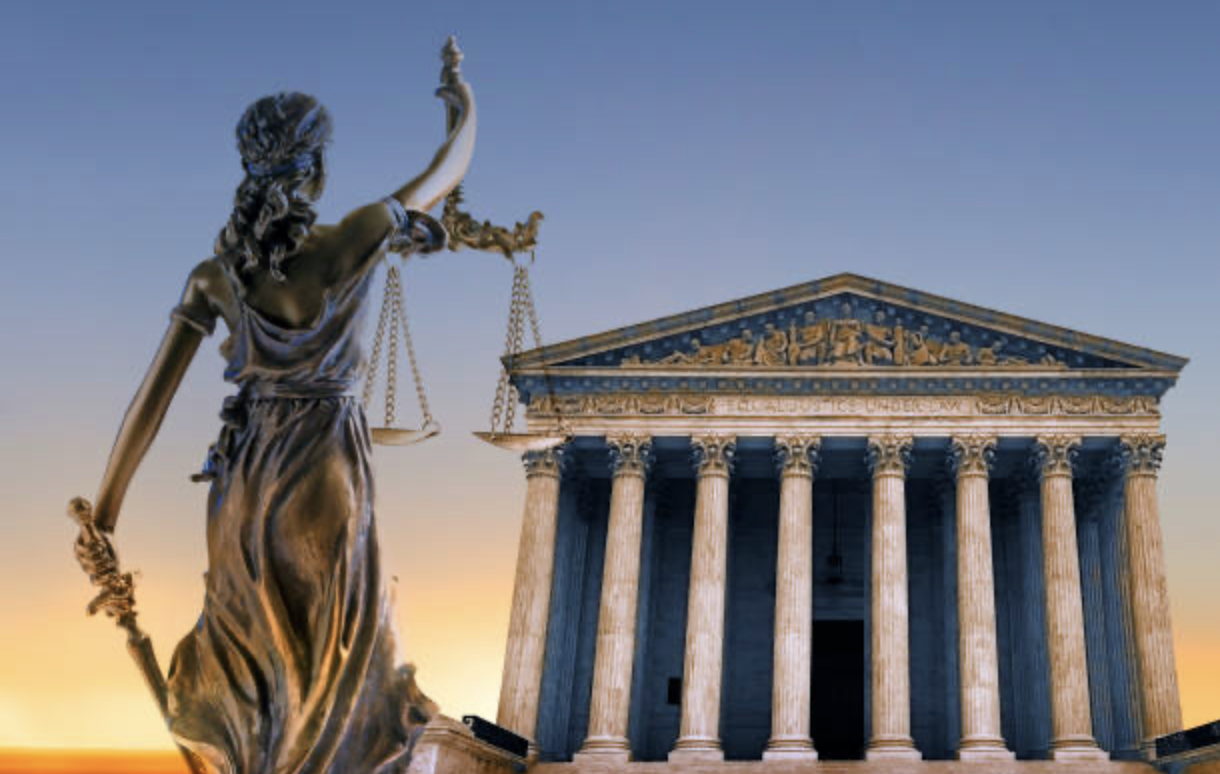 Kerby Anderson
Kerby Anderson
Last July, I wrote a brief commentary about what has been called Chevron deference. This is the idea that the court should always give deference to an administrative agency when it interprets an ambiguous statute.
The recent 6-3 Supreme Court ruling dealt a significant blow to the administrative state and the power wielded by federal bureaucrats. One of the legal guests on my radio program concluded that it may have been the most significant case in this session of the Supreme Court. If you think the “deep state” has too much power and has become unaccountable, you will probably agree.
The concept goes back to the Supreme Court’s 1984 opinion in Chevron v. National Resources Defense Council. They argued that the courts must defer to a federal agency’s interpretation. In the case before the high court was the argument from commercial fishermen that a government agency charged them even though Congress did not give the agency authority to do so.
Chief Justice John Roberts wrote the majority opinion and explained that “most fundamentally, Chevron’s presumption is misguided because agencies have no special competence in resolving statutory ambiguities. Courts do.”
The counter argument is that the courts, or even Congress, lack the technical expertise to evaluate statutes and policies. In some cases, that may be true. But it does not follow that those decisions should be made by unelected bureaucrats currently working in the bowels of the Biden administration. If they make a flawed interpretation, as I mentioned in my previous commentary, there’s nothing Americans can do to fire that bureaucrat.
This was an important Supreme Court decision, even if most Americans don’t yet understand its importance.
 Listen Online
Listen Online Watch Online
Watch Online Find a Station in Your Area
Find a Station in Your Area











 Listen Now
Listen Now Watch Online
Watch Online
